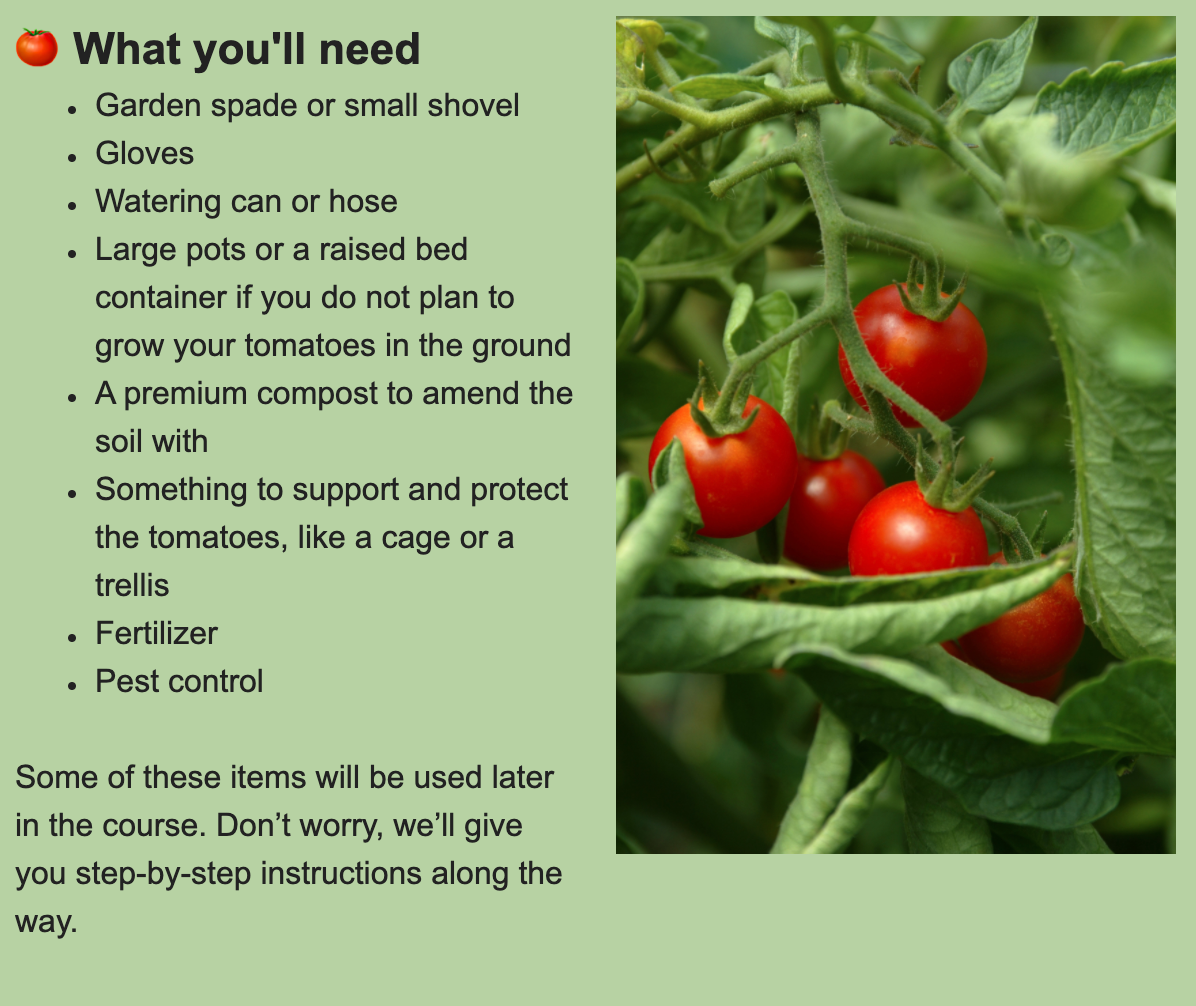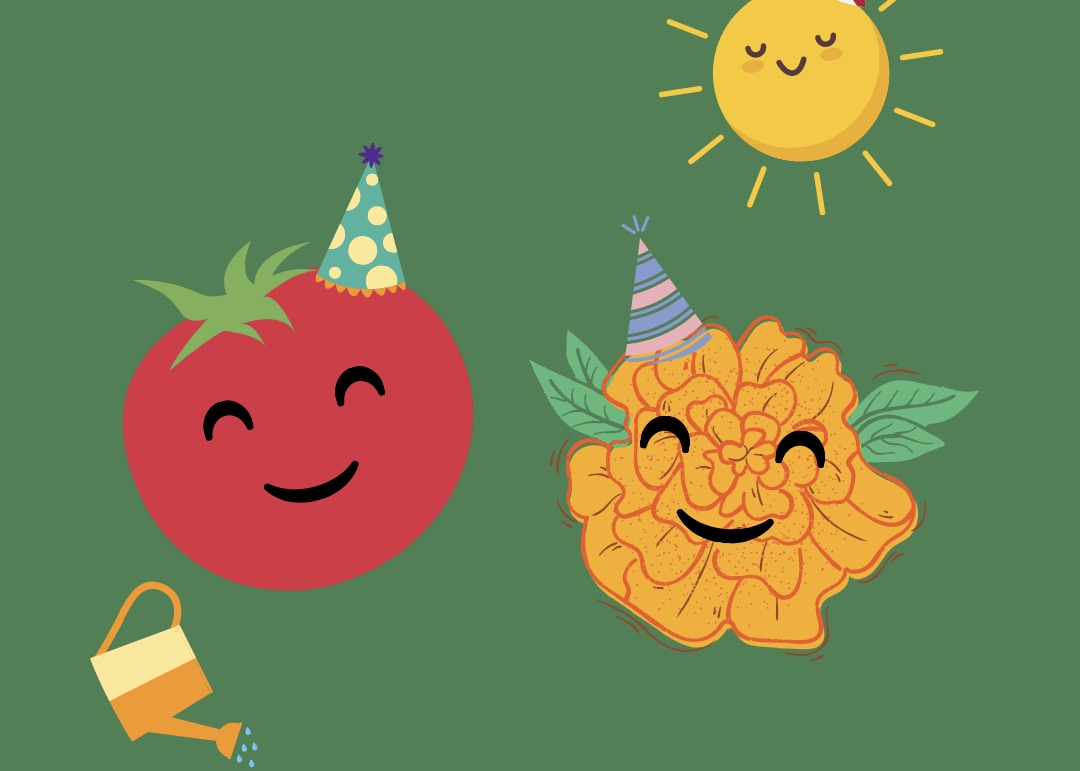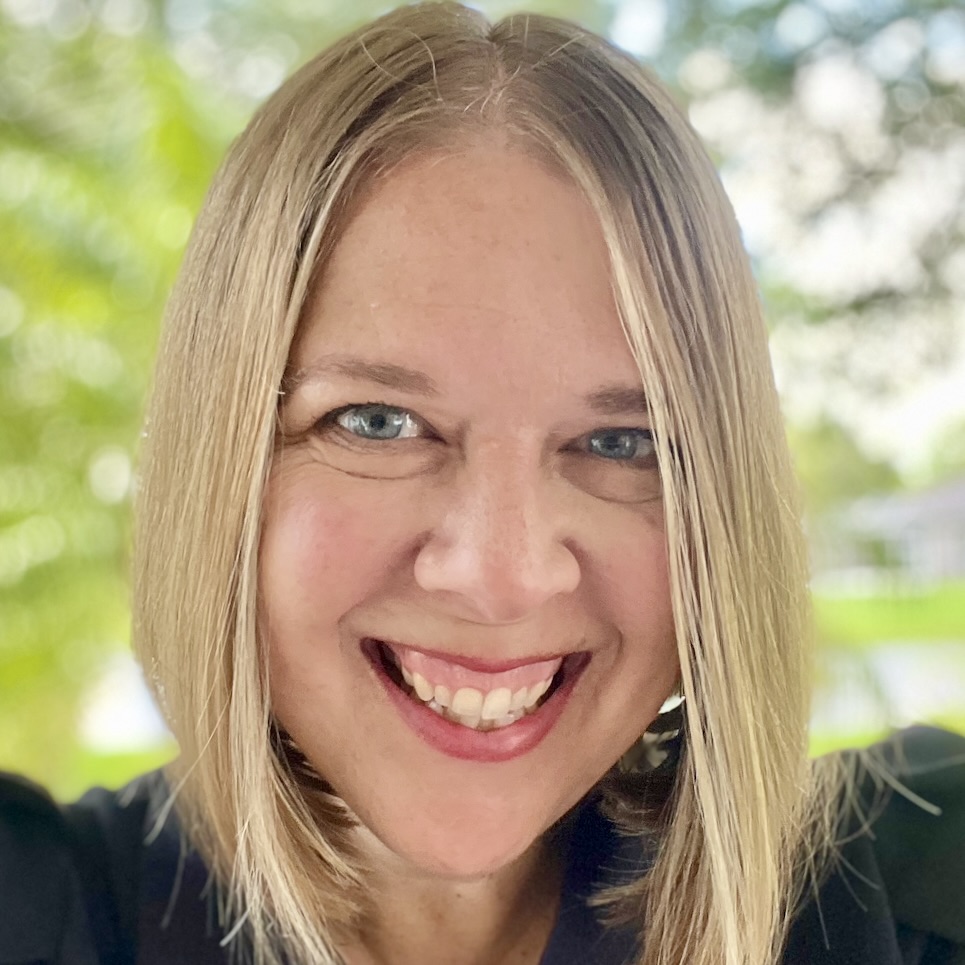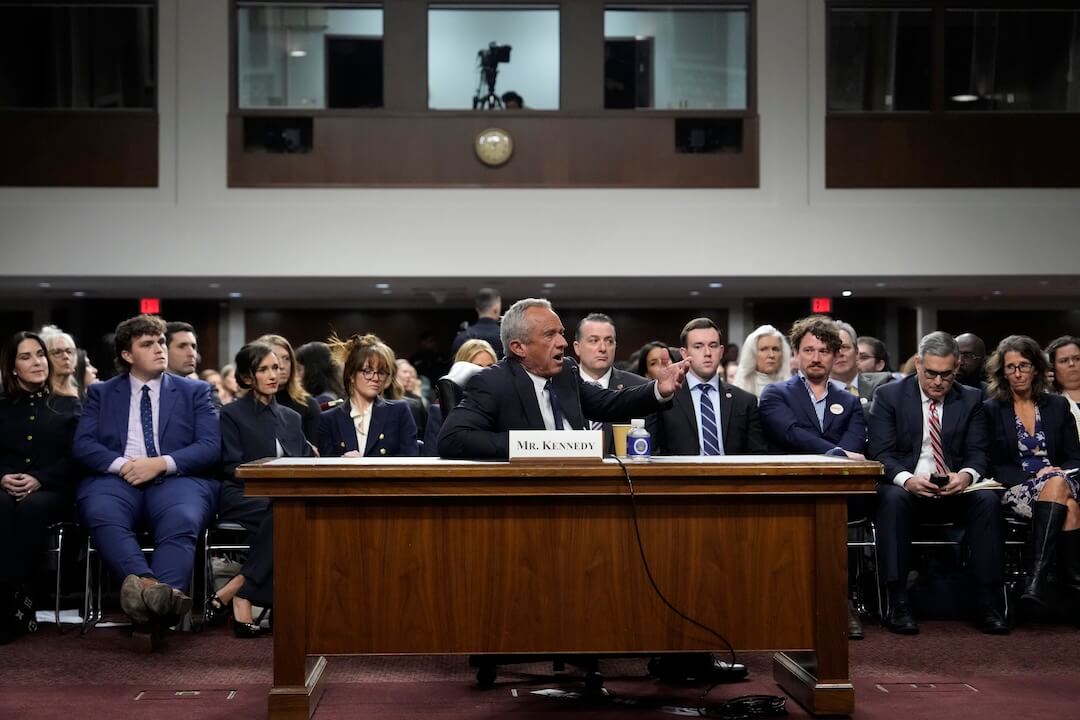The casino reporter did not think it was odd when he got an email from a reader about tomatoes.
“You are my guide, Alex,” the reader wrote. “I have put my faith in you.”
That faith was well-placed. Alex Groves grew up gardening with his dad in Pennsylvania, and continued planting and growing in California. And for the past eight weeks, he’s been the author of a weekly gardening newsletter devoted to, yes, tomatoes.
It’s called Garden Party.
For several years, Vanessa Franko has noticed something about stories about gardening stories from the Southern California News Group — people love them.
“It’s absolutely fascinating and every week we get emails with questions from readers,” said Franko via email.
She’s the digital director of entertainment at SCNG, which includes The Orange County Register, Inland Valley Daily Bulletin and The (San Bernardino) Sun. (SCNG’s parent company is MediaNews Group. The hedge fund Alden Global Capital is a majority owner of MNG.)
“The engagement is insane, which most newsrooms don’t think about for home and garden content,” Franko said. “And with the pandemic, home and garden content became even more popular for us.”
Franko had been wanting to do a course-style newsletter, and so Groves, a reporter with a great garden, was the natural author. Garden Party ran for eight weeks, with each week devoted to what people need to know to grow healthy tomatoes, including what to do at the nursery, what to look for, how to stake and support tomatoes and what to do about disease.
The cartoon guide Cherry the Party Tomato showed subscribers where they were on the journey.
The newsletter, which had subscriptions in the low thousands, Franko said, had a 55% open rate, and SCNG held a virtual event with gardening columnists on Wednesday to talk tomatoes.
Groves also writes a casinos newsletter and one on dining, but those largely link out to SCNG journalists’ work. Writing a self-contained newsletter designed as a course has been a new experience and one he and Franko have learned a lot from.
Their advice for trying something similar:
- Follow the analytics to tell you what people are interested in and what might make a good course, Groves said.
- Map it out ahead of time, they both recommended.
- Give yourself time for reporting and editing. It’s more time-consuming than Franko thought.
- Listen to your audience. “We set up questions to encourage reader engagement in the welcome letter but those also helped us know more about our audience (novices, longtime gardeners, what kinds of tomatoes they were planting, etc.) and it worked as another check to make sure we addressed what they wanted to get out of the email,” Franko said. “We’re also using a survey from users who complete the course to see if there are any things we can tweak to make it an even better resource for people still going through it.”
In a time when most people have been on their own, it’s been great to share an experience with readers, Groves said.
“We’re in this journey of growing tomatoes together, so to speak,” Groves said. “It’s a lot of fun.”

(Screenshot, Garden Party)
This piece originally appeared in Local Edition, our newsletter devoted to the telling stories of local journalists







